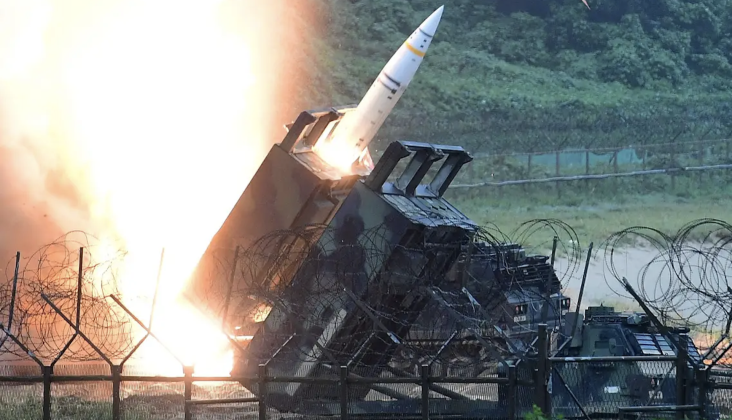The Armed Forces of Ukraine have confirmed a ballistic missile attack on the NIP-16 deep space communications site in Vitino, Crimea. The extent of the damage remains uncertain. The attack was part of a larger recent campaign against Russian targets using increased supplies of U.S. Army Tactical Missile System (ATACMS) short-range ballistic missiles, including variants with cluster and fragmentation warheads. The use of these systems is greatly facilitated by the presence of U.S. military advisers on the ground and access to a network of hundreds of NATO satellites that provide targeting data, among other roles.
Ukrainian forces are increasingly finding it difficult to use precision-guided assets to strike Russian frontline positions due to their effective use of electronic warfare to disrupt their guidance systems, which appears to increase their lack of inclination to use systems such as ATACMS to strike strategic fixed targets deeper behind Russia's rear. Protection comparable to frontline troops. The attack came a month after a drone attack on the Voronezh-DM early warning radar system at the Armavir radar station in the Krasnodar Krai in southwestern Russia, a similar high-value strategic asset. Used to provide early warning of a nuclear strike on an intercontinental scale in the West.

Built in the early 1960s to track space launches, the NIP-16 facility had 20 radar antennas and during its first 14 years of operation played a key command and control role in all Soviet missions to the Moon, Venus and Mars . From 1975 onwards it played a minor role and control operations for manned missions were transferred to a newly built facility near Moscow. The facility's current main role is to provide early warning against possible Western ballistic missile attacks from the southwest (from the direction of the Middle East and Africa). The facility is also believed to be used for the maintenance and control of Russian satellites, including those in the GLONASS system – the Russian equivalent of the US GPS and China's Beidou system. By 2017, the center had received 10 new subsystems, and planned to invest 1.8 billion rubles in rebuilding just one radio telescope. Ukraine is expected to continue to act as an effective proxy, using Western weapons and Western satellite data to carry out attacks and destroy such important Russian facilities. In the event of broader hostilities with NATO, this provides an effective means of denying Russia access to some key capabilities without a similar security partner that would be free to suppress strategic objectives in the Western world.


